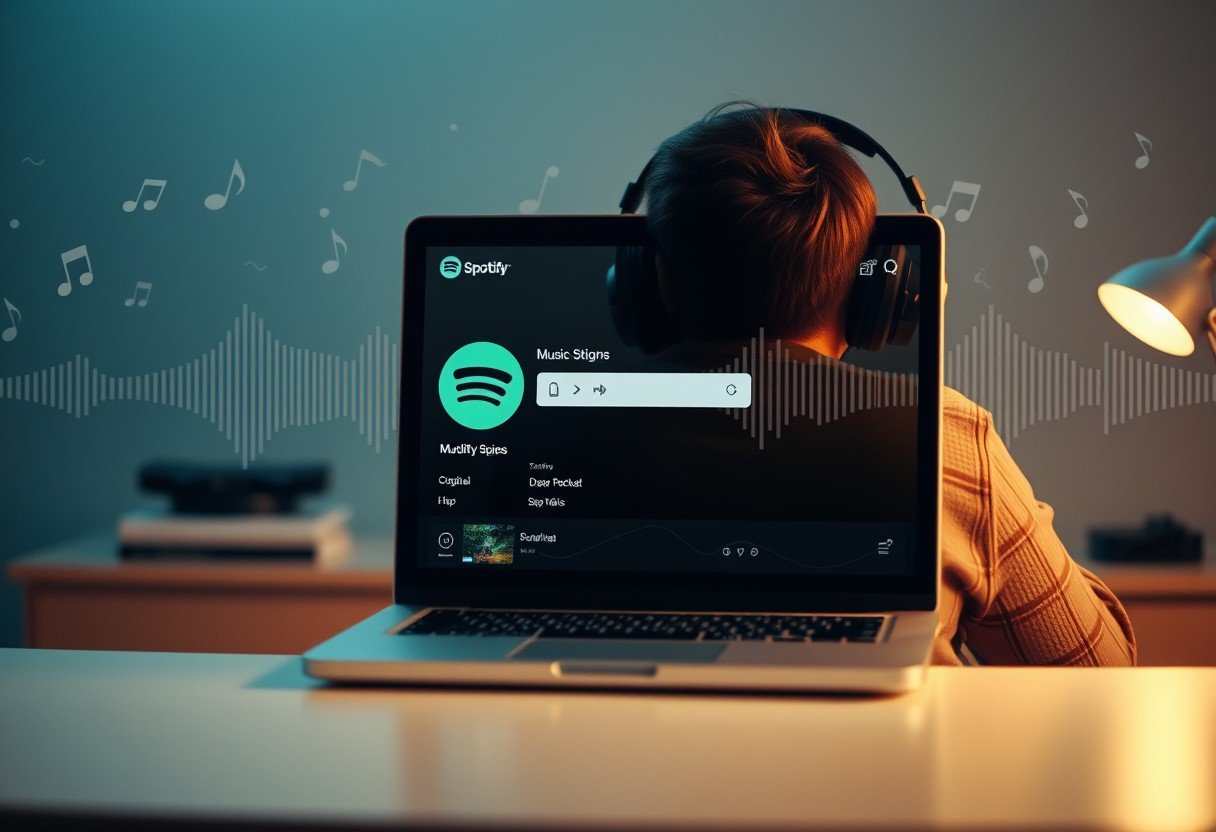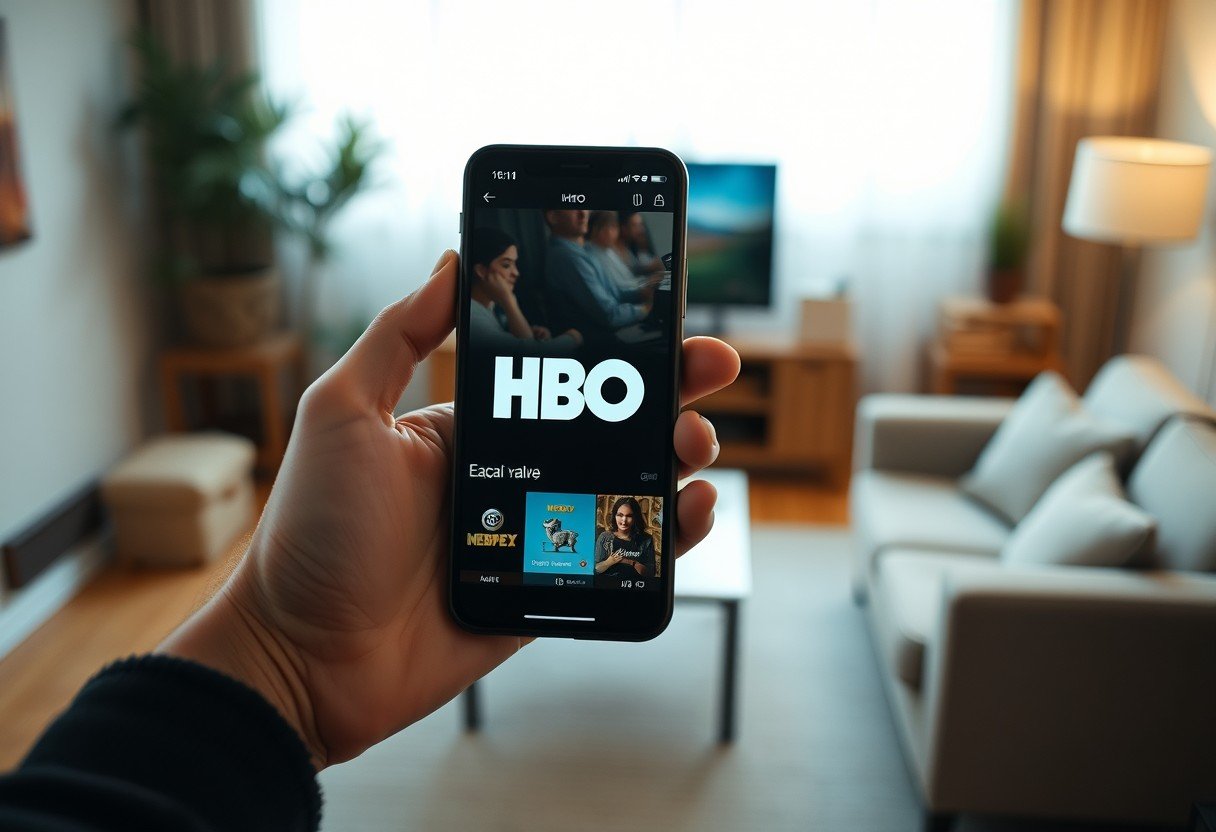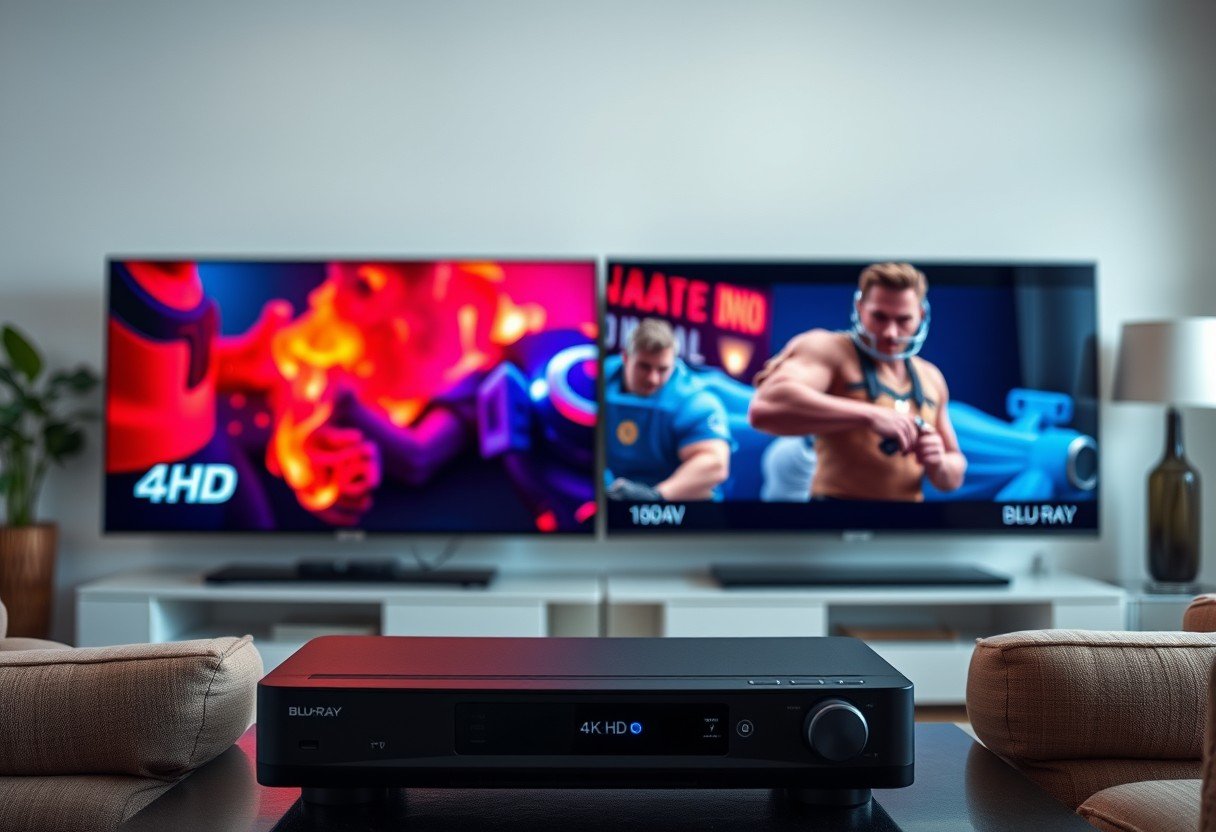Have you ever left a Spotify playlist running on mute, thinking you were helping your favorite artist rack up streams? You might be surprised to learn how Spotify’s system actually works. The platform doesn’t just count plays; it measures engagement. Spotify does not count streams that are muted by the user because it interprets this as a lack of active listening, which directly impacts an artist’s earnings and visibility.
What Does Spotify Consider a ‘Real’ Stream?
For a listen to be officially counted as a stream on Spotify, a song must be played for a minimum of 30 seconds. This rule is in place to filter out accidental clicks and quick skips, ensuring that the data reflects genuine listener intent.
However, the 30-second mark is just the beginning. Spotify’s sophisticated system is designed to identify and validate authentic listening patterns. It looks beyond simple play duration to gauge whether a user is truly engaged with the music.
This focus on real engagement is crucial for maintaining the integrity of streaming data. It helps prevent artificial inflation of play counts and ensures that the artists who are genuinely connecting with audiences are the ones who get rewarded.
Why Muted Streams Don’t Make the Cut
When you mute a track on Spotify, the platform’s system takes note. Muting is seen as a clear signal of passive or non-existent engagement. Because the goal is to measure active consumption, a muted play doesn’t meet the criteria for a legitimate stream.
Spotify’s algorithms are designed to prioritize and reward genuine user interaction. A muted stream tells the algorithm that you aren’t actually listening, so it is filtered out and excluded from official play counts and royalty calculations. This means that even if a song plays for its entire duration on mute, it will not contribute to the artist’s stream count.
Think of it from Spotify’s perspective. Their business model relies on providing valuable data to artists, labels, and advertisers. Counting millions of silent plays would dilute the quality of this data and devalue the platform’s metrics.
The Ripple Effect on Artists and Their Music
The distinction between muted and active streams has significant consequences for artists. The most direct impact is financial. Since artist royalties are paid out on a per-stream basis, a stream that isn’t counted results in zero earnings for that play.
Beyond royalties, engagement metrics influence an artist’s visibility across the entire platform. Spotify’s algorithms push songs that show high levels of active listening.
- Lower Playlist Placement: Songs with low engagement are less likely to be featured on influential algorithmic playlists like Discover Weekly or Release Radar.
- Reduced Discoverability: When a track isn’t getting recognized for active plays, it becomes harder for new listeners to find it through Spotify’s recommendation engine.
- Inaccurate Performance Data: Muted plays can skew the data that artists and their teams use to understand their audience and plan marketing strategies.
Ultimately, actively listening to music is one of the most effective ways to support an artist’s career on the platform.
How Other Major Streaming Platforms Compare
Spotify isn’t alone in its focus on active listening, but policies can vary slightly across different services. This inconsistency means artists have to consider different engagement strategies for each platform. Understanding these differences helps paint a clearer picture of the digital music landscape.
Here is a quick comparison of how some of the top platforms handle muted streams.
| Platform | Are Muted Streams Counted? |
|---|---|
| Spotify | No |
| Apple Music | No |
| YouTube Music | Yes |
The fact that YouTube Music counts muted streams is likely tied to its video-based origins, where a “view” is the primary metric, regardless of audio. In contrast, platforms like Spotify and Apple Music are audio-first and therefore place a higher value on audible engagement.
The Future of Tracking Music Consumption
The way we measure music’s popularity is constantly evolving. As the industry moves forward, streaming platforms will likely develop even more sophisticated methods for tracking listener engagement. The simple 30-second play might one day become just one small piece of a much larger puzzle.
Future metrics could shift focus from raw play counts to a more holistic view of engagement. Platforms may start prioritizing factors like how much of a song is finished, whether a user saves it to a personal playlist, or how often they return to listen again.
This evolution will provide artists with more meaningful insights into how their music truly resonates with fans. For listeners, it means that every interaction you have with a song will become an even more powerful way to support the music you love.
Frequently Asked Questions about Spotify Streams
Do artists get paid for muted streams on Spotify?
No, artists do not get paid for muted streams. Because Spotify does not count a muted play in its official statistics, it does not generate any royalties for the artist or rights holders.
What is the best way to support an artist on Spotify?
To best support an artist, listen to their music with the volume on. You can also help by saving their songs to your library, adding them to your personal playlists, sharing their music, and following their artist profile.
Does leaving a song on repeat while muted help an artist?
Leaving a song on repeat while muted will not help an artist. Spotify’s system may even flag this behavior as artificial streaming, which can negatively impact an artist’s standing on the platform.
How long do I have to listen for a Spotify stream to count?
A song must be played for at least 30 seconds to be registered as a stream, but it must also be an active, unmuted listen to be included in royalty calculations and official charts.









Leave a Comment